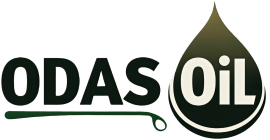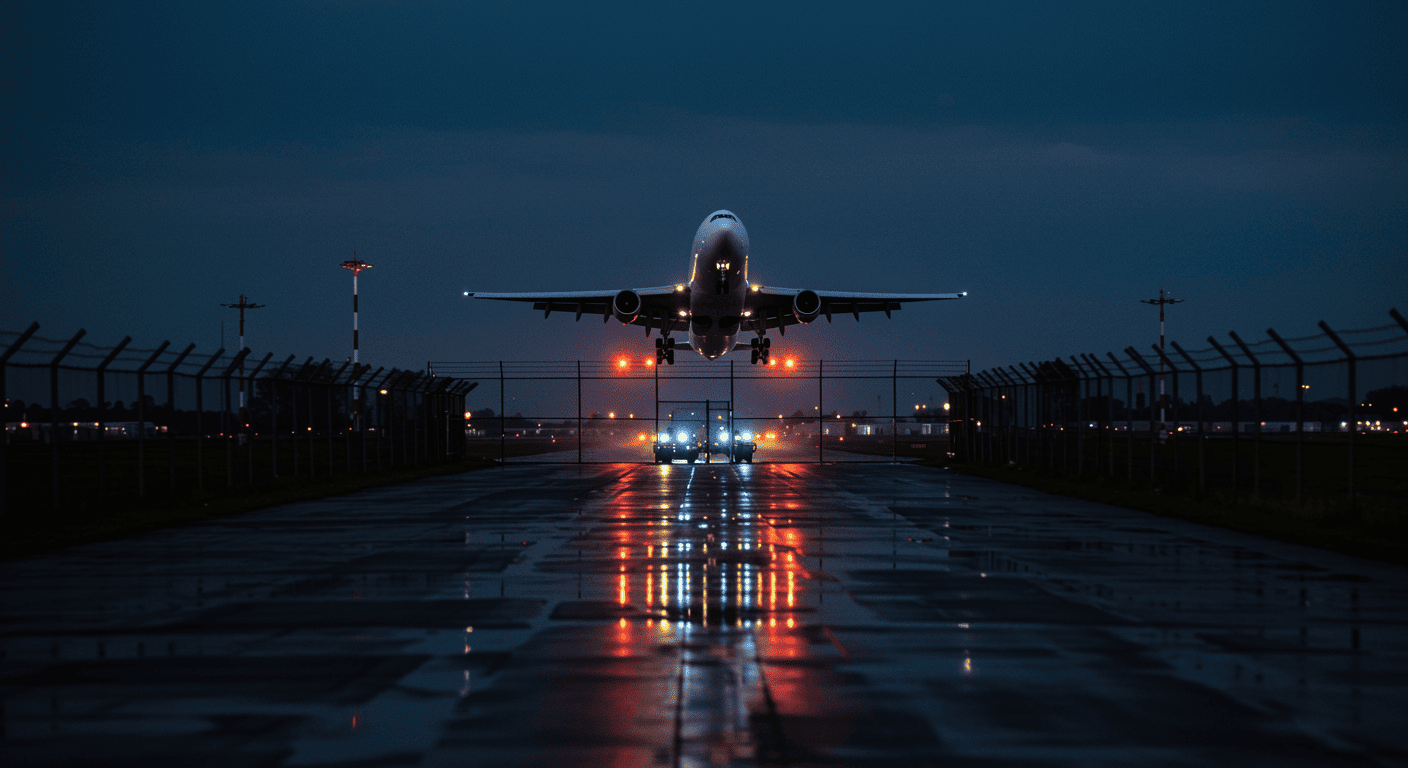Jet Fuel A-1 is the most commonly used aviation turbine fuel across commercial airlines, military jets, and cargo aircraft globally. Known for its high thermal stability, clean combustion, and strict safety standards, Jet A-1 plays a critical role in the performance and reliability of the global aviation industry. But what exactly does “Jet A-1” mean, and what makes it the preferred choice in international air travel?
What is Jet A-1 Fuel?
Jet A-1 is a kerosene-type aviation fuel that meets the international specification for turbine engine aircraft. It is primarily used in gas-turbine engines, which are the standard propulsion systems in modern airplanes. Jet A-1 is refined to exacting standards to ensure performance under extreme conditions, both at high altitudes and in various climates.
Jet A vs. Jet A-1: What’s the Difference?
While Jet A and Jet A-1 are similar and often used interchangeably, there are subtle but important differences:
| Property | Jet A-1 | Jet A |
|---|---|---|
| Freezing Point | -47°C | -40°C |
| Usage Region | Global (Europe, Asia, Middle East, etc.) | Primarily USA |
| Additives | May include anti-static agents and corrosion inhibitors | Typically no additives unless specified |
| International Standard | DEF STAN 91-91 / ASTM D1655 | ASTM D1655 only |
The lower freezing point of Jet A-1 (-47°C) makes it more suitable for long-haul international flights, especially those flying at high altitudes over cold regions.
Key Specifications of Jet A-1
Jet A-1 fuel must meet strict quality standards to ensure flight safety, engine performance, and environmental compliance. Core specifications include:
-
Flash Point: Minimum 38°C
-
Freezing Point: Maximum -47°C
-
Density at 15°C: ~0.81 to 0.84 kg/L
-
Sulfur Content: Maximum 0.3% by weight
-
Additives: May include antioxidants, metal deactivators, and anti-static agents
-
Smoke Point: Minimum 25 mm
Jet A-1 must be free of particulates, water, and contaminants that could impact combustion or clog aircraft fuel systems.
Why Jet A-1 is the Global Standard
-
Cold Weather Performance
The very low freezing point of Jet A-1 allows safe operation at high altitudes where temperatures drop significantly, making it the go-to fuel for intercontinental flights. -
Widespread Compatibility
Jet A-1 is compatible with all major types of turbine-powered aircraft, from commercial airliners and military jets to private business jets and cargo planes. -
Stringent Safety and Quality Controls
The aviation industry demands flawless fuel quality. Jet A-1 is subject to continuous testing, certification, and filtration to eliminate risks of engine flameouts or fuel system failures. -
Environmental Considerations
Jet A-1 meets emission standards set by ICAO (International Civil Aviation Organization), and its use is integrated into broader efforts to reduce aviation’s environmental impact through cleaner fuel alternatives and sustainable aviation fuels (SAF).
Where is Jet A-1 Used?
Jet A-1 is the standard aviation fuel in:
-
Europe
-
Asia
-
Middle East
-
Africa
-
Australia
-
Many regions of South America
It is supplied by major oil companies and aviation fuel distributors at airports, through dedicated refueling infrastructure, tank farms, and fuel hydrant systems.
Jet Fuel A-1 represents the industry benchmark for aviation turbine fuel. With a low freezing point, high performance under extreme conditions, and global acceptance, Jet A-1 supports safe and efficient flight operations around the world. For airlines, ground handlers, and aviation fuel traders, understanding the Jet A-1 standard is essential for operational excellence and regulatory compliance.










